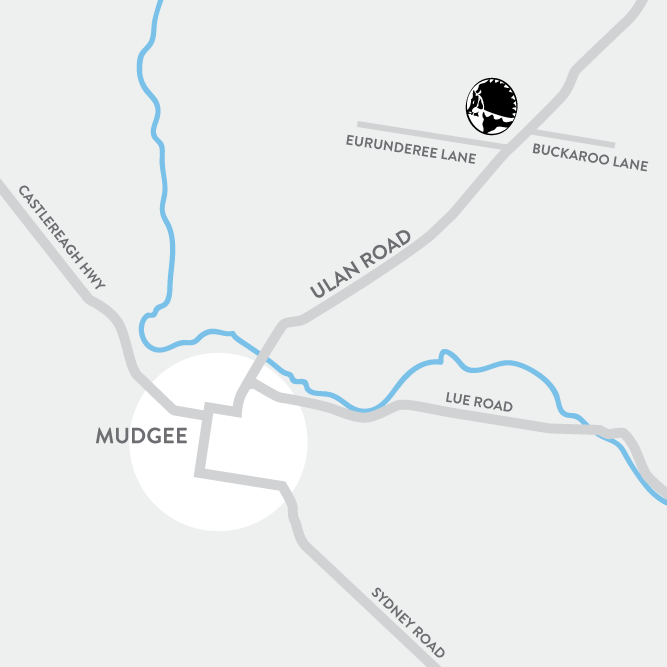- Home
- Tim's Ravings
- 2019 Vintage Report
Tim's Ravings
Posted by on
2019 Vintage Report
For the second winter in a row leading up to the growing season, the 2018 winter was one of the driest, hottest and coldest on record.
How can this contradiction occur? High pressure systems sat above our region for much of the winter. These systems provide for very stable weather – beautiful sunny still days followed by clear, freezing nights, followed by Autumnal warm days with cold nights and severe frosts. It also means no rain.
The warm days encouraged the vines to awaken a few weeks early in Spring, only to find there was little soil moisture to feed growing roots and shoots. Fortunately access to irrigation allowed us to help the vines a little. A slightly warm and stable Spring kept the vines growing, bringing forward vine development even further.
By the end of November, the vines were fully grown, through flowering and fruit set and busily growing fruit a full month ahead of average. Fortunately, few heatwaves were encountered until mid-January, when storms eased the chronically low soil moisture levels. This had the perverse effect of rushing the vines even faster into ripening fruit. It was like a grasshopper effect with starved and thirsty vines feasting whatever they could from the soils, meaning the grapes ripened even faster and in the heat of Summer rather than the cool of Autumn. The effect of this changed ripening period on flavour development is dramatic.
By the first week of February white grapes had already been harvested and the red grapes were at risk of being overripe. This was a full month or more ahead of where our vines would normally be.
Thanks to our hardworking team in the vineyard busily spraying and watering, we kept up with vine growth, kept fungal disease at bay and achieved yields close to average. Over the past six vintages in particular, we have become adept at handling compressed growing and picking and processing seasons. Perhaps the biggest challenge from these vintages is choosing picking dates to get the ripeness balance correct and ensure good flavours.
I believe 2019 will prove to be, at a minimum, a good vintage. Lessons we have learnt since 2013 about picking dates and the methods we use in the winery, particularly during fermentation, may see this rating upgraded in the next few years. This is particularly the case with Shiraz and Chardonnay, that are looking very promising.
Overwhelmingly, there is one big issue to reflect on. Over the past two decades we have experienced an escalation in seemingly minor shifts in the weather patterns involving temperature and rainfall. There is a compounding of effect from these changes in the weather pattern that has led to a more dramatic way our vineyard has responded. I think you know what I am talking about. I remember studying winegrowing at Charles Sturt University 25 years ago and hearing scientists lay out their warnings about how and why the climate was about to change.
Any mathematician will tell you there is nothing more complex and harder than predicting the weather and yet the changes have manifested pretty much the way the science said it would back then. So, can we now, at the very least, please stop saying this is all just coincidence and there is nothing to worry about?
 Loading... Please wait...
Loading... Please wait...

